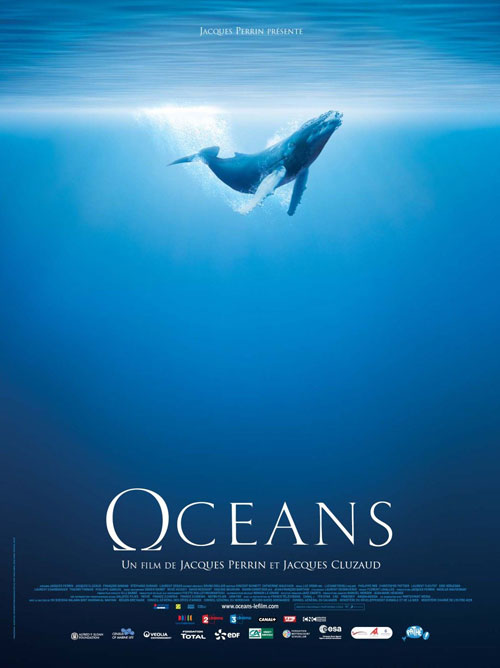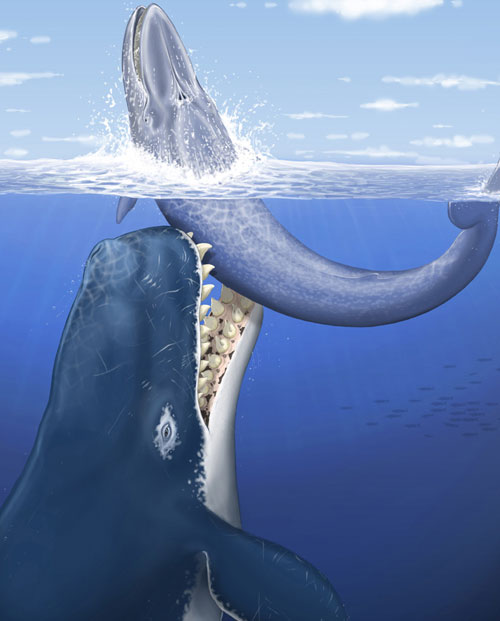July 18th, 2010 by Marc AuMarc
I have been busy at work on a guide to the wildlife of Saint Martin, so I haven’t been as vigilant about posting, but here are some photos from the Grand Case area. The first set is mostly from around the airport salt pond and includes photos of the ruddy duck and Caribbean coot:
The second collection is taken from near the cemetery and the salt pond and mangrove area there. Of particular note is a butterfly I had not previously seen, the white peacock:
Posted in Les Fruits sur la Terre
Comment on this post.
July 10th, 2010 by Marc AuMarc
Yesterday I went to Bell Valley for the first time since April. On a mission to get more photographs for my guide to Saint Martin wildlife, I was happy to get photographs of several new birds and a mongoose. I also discovered that there are pigs there. The first photo in the set below was actually taken on our balcony, as the first of the chrysalides had hatched into a cloudless sulfur, the remainder hatched last night or early this morning.
Posted in Explorations, Les Fruits sur la Terre
Comment on this post.
July 9th, 2010 by Marc AuMarc
Yesterday afternoon I went out to La Savane, mostly photographing around the soccer field. I started by looking for a mouse nest under a board that I had seen before, and while the nest was there, the mice were not.
As I was doing this, a horse approached. At first, it was nice to see a friendly horse, but then he started following me around. I think he was after my backpack, or perhaps my straw hat. He would walk right behind me, almost breathing down my neck, and if when I turned around he would quickly turn his head and look the other way, as if to say, “Following you? Of course not! I just happened to be standing here, minding my own business.” Eventually he left to go wallow in some mud.
I saw a few interesting things, including what I’m guessing were some flatworms and some monarch butterfly caterpillars eating a small plant with red and orange flowers that I don’t think is a milkweed. On my way back, I found a cluster of chrysalides on a bush and brought them home to find out who they belong to.
Posted in Les Fruits sur la Terre
Comment on this post.
July 9th, 2010 by Marc AuMarc
I was doing surface cover the other day on the dive boat near Tintamarre and tried my hand at photographing sea birds while I was there. With the boat rocking and the birds flying, it’s quite difficult. As you can see, the results were less than spectacular. When the boat is rocking, it can also make you feel a bit ill. One thing I did learn was to find the bird and focus while zoomed out, then zoom in. Using a 70-300mm lens, trying to focus at 300mm is much slower, and getting a flying bird in the frame is much harder. Starting at 70mm, it’s pretty fast and easy, and then you can zoom in on the bird. Probably everyone who photographs birds already knew this.
Posted in On Expedition
Comment on this post.
July 4th, 2010 by Marc AuMarc
For the second dive, we went out to Underground City, a reef near Creole Rock that I had discovered a few weeks ago. A long stretch of reef beneath the channel between Creole Rock and Bell Point, it is one of my favorite places to take photos. The reef rises up a couple meters from sand on each side, making it easy to take photos facing upwards, and there are passages and caves under the reef full of schooling silversides and other fish.
Posted in Diving
Comment on this post.
July 4th, 2010 by Marc AuMarc
Yesterday I had the pleasure of tagging along with a group of students taking the PADI underwater photography specialty course. Our first stop was Rocher Marcel, a free-standing rock surrounded by reef in Anse Marcel. After a few exercises to improve buoyancy control and see the effects of distance when photographing, we headed towards the underwater canyons near the rock and took some photos.
My favorite sighting was a banded jawfish that kept peeking out of his burrow in the sandy channel. As you can see from the photo below, in addition to excavating burrows, they use larger rocks and coral rubble to create a masonry-like structure around the entrance. Usually they retreat into their burrow when approached and are reluctant to re-emerge, but since we were in the vicinity for so long doing exercises, I think this one grew tired of hiding and kept popping back up. I also saw a lancer dragonet, but with the fisheye lens I wasn’t able to get a good photo of something so small.
Posted in Diving
Comment on this post.
July 4th, 2010 by Marc AuMarc
The northeast area of the Grand Case airport there is a fairly large marsh area that is home to quite a few birds. From the airport road, one first encounters abandoned trucks left to sink into the salt pond, and many iguanas that live there. Beyond that are open areas covered with either low grasses or some sort of succulent ground cover, with mangroves bordering the salt pond. Below are some photos taken there and while en route.
Also, I have learned that the large land snail here (seen below) is actually an African species that has colonized various islands of the Caribbean and is a serious agricultural pest. Apparently they can carry meningitis and other diseases through their mucus and sometimes contribute to an increase in rat populations by being an abundant source of food.
Posted in Les Fruits sur la Terre
Comment on this post.
July 3rd, 2010 by Marc AuMarc
I watched this film at the Centre Culturel de Saint Martin, in French, so I didn’t understand all the narration, but I don’t think it mattered much. In fact, it was probably for the best because I was able to see the longer European version of the film. The film contains astounding underwater footage from around the world, created by the men who did Winged Migration and Microcosmos.
The camera work is amazing, and I would love to know more about their techniques. It seems that natural light is used frequently, and additional lighting is subtle, often coming from above or from the side. As a result, I found the colors surprisingly subdued. Aside from shallow footage of squid and jellyfish, there are very few warm colors in the film, even in tropical scenes where they would have been present if more artificial lighting was used. Overall, though, I think the trade-off was worthwhile. The feel of the movie is distinct and enveloping.
Even if you have seen similar footage, the quality of their shots is still thrilling. The sardine run off South Africa is particularly stunning, with large bait balls of sardine being eaten by dolphins, sharks, whales and hundreds of birds descending from above. Scenes like that of a mother walrus cradling her calf are wonderfully emotional. The four years of work that went into making this movie was well spent. Even if you think you’ve seen it all before, you’ll want to see it all again.

Posted in Reviews
Comment on this post.
July 1st, 2010 by Marc AuMarc
Scientists have recently discovered the fossil remains of a prehistoric sperm whale that they believe ate other whales. To accompany their article on Leviathan melvillei, Discovery News has also published the most awesome scientific illustration of all time. While contemporary sperm whales have teeth only in their lower jaw and are specialized to eat giant squid, these prehistoric whales had giant (up to 14 inches) teeth and were apparently designed to take big bites of big prey.

Posted in Things from the Internet
Comment on this post.
June 30th, 2010 by Marc AuMarc
Moths aren’t the only animals attracted to a light at night. Below are a variety of other insects, including beetles, true bugs, neuropterans and more. I also just learned that neuropterans, like the lacewing and antlion below, are closely related to beetles, which is surprising because they look so different. Thanks, Internet!
Posted in Les Fruits sur la Terre
Comment on this post.

























































































































































